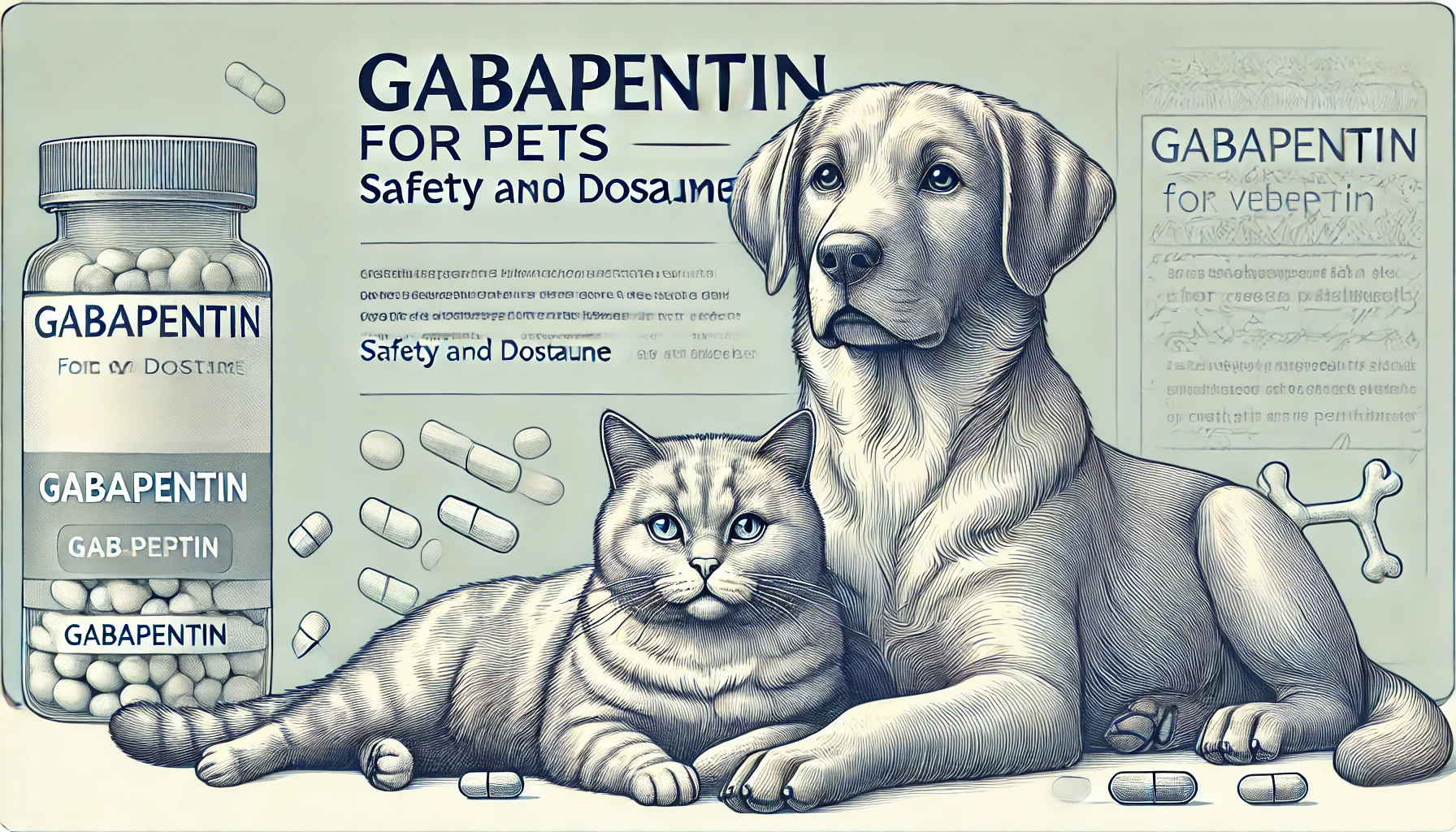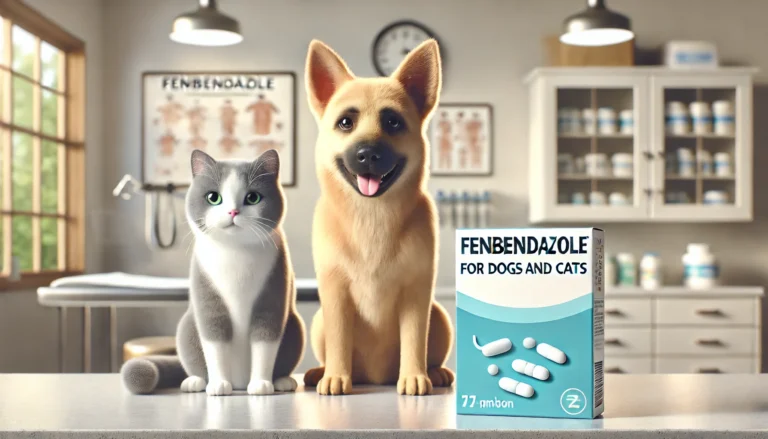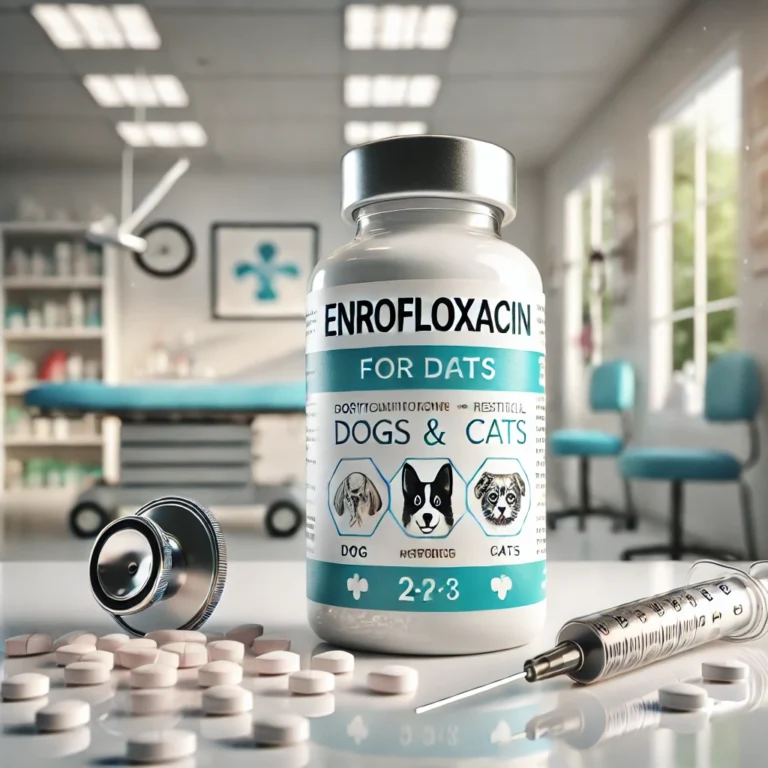Gabapentin for Dogs: Complete Guide to Benefits and Risks

Gabapentin is widely used in veterinary medicine to treat a variety of conditions in dogs, including chronic pain, seizures, and anxiety. Originally designed for human use, this medication has shown significant benefits for pets, especially in managing neuropathic pain and controlling seizures. However, its use must be carefully managed to avoid potential side effects or overdose. This detailed guide covers everything you need to know about gabapentin, including its uses, dosage, side effects, and important considerations for ensuring it’s used safely in dogs.

What is Gabapentin?
Gabapentin is a pharmaceutical drug that was initially developed for treating epilepsy in humans. It is now commonly prescribed in veterinary medicine to manage several conditions in pets, particularly dogs. The medication works by modulating nerve activity to reduce seizure activity and alleviate pain.
Uses of Gabapentin in Dogs
Gabapentin is versatile, providing relief from various ailments:
- Chronic Pain Management: It is effective for conditions such as arthritis and other chronic pain conditions, where it helps to alleviate discomfort.
- Seizure Control: Gabapentin is used either alone or in combination with other anticonvulsants to control seizure activities in dogs.
- Anxiety and Phobias: It can also be prescribed for dogs experiencing anxiety or phobias, such as fear of thunderstorms or fireworks.
Dosage and Administration
The dosage of gabapentin varies based on the condition being treated and the individual dog’s response to the medication. It’s available in capsules, tablets, and liquid form, making administration generally straightforward. Veterinarians will provide specific dosing instructions that must be followed to avoid underdosing or an accidental overdose.
Potential Side Effects and Risks
While gabapentin is safe for dogs when used as prescribed, it can cause side effects, including:
- Drowsiness and Sedation: One of the most common side effects, which can be beneficial in dogs dealing with anxiety.
- Ataxia (Loss of Coordination): Dogs may appear wobbly or clumsy.
- Gastrointestinal Issues: Some dogs may experience vomiting or diarrhea.
- Allergic Reactions: Though rare, some dogs might exhibit signs of an allergic reaction to the medication.
Overdose Risks
Overdosing on gabapentin can be serious. Symptoms of a gabapentin overdose in dogs might include severe lethargy, profound sedation, ataxia, and in severe cases, respiratory distress. Immediate veterinary care is crucial if an overdose is suspected to prevent more severe complications, including potential fatalities.
Gabapentin Overdose in Cats
While this guide focuses on dogs, it’s worth noting that gabapentin is also used in cats. Similar to dogs, signs of gabapentin overdose in cats can include severe sedation, ataxia, and in rare cases, respiratory depression. Cat owners should be equally cautious about the dosage and storage of gabapentin.
Interactions with Other Medications
Gabapentin can interact with other medications, which can enhance or reduce its effects. It’s important to inform the veterinarian about any other drugs or supplements the dog is taking. For instance, combining gabapentin with certain pain relievers or anticonvulsants can require dosage adjustments or additional monitoring.
Withdrawal and Discontinuation
Gabapentin should not be stopped abruptly. Gradual reduction under the supervision of a veterinarian is necessary to avoid withdrawal symptoms such as agitation or worsening of seizures.
Is Human Gabapentin the Same as Pet Gabapentin?
Gabapentin is the same compound for humans and animals, but dosing and administration may differ. It’s crucial to use the medication prescribed by a veterinarian and not interchange human and pet medications without consulting a professional.
Conclusion
Gabapentin can be an extremely effective medication for managing pain, controlling seizures, and reducing anxiety in dogs. However, it requires careful management to avoid side effects and ensure it is used safely and effectively. Always consult with a veterinarian for guidance and to tailor treatments to your dog’s specific needs. This ensures your pet’s safety and well-being while using gabapentin.


